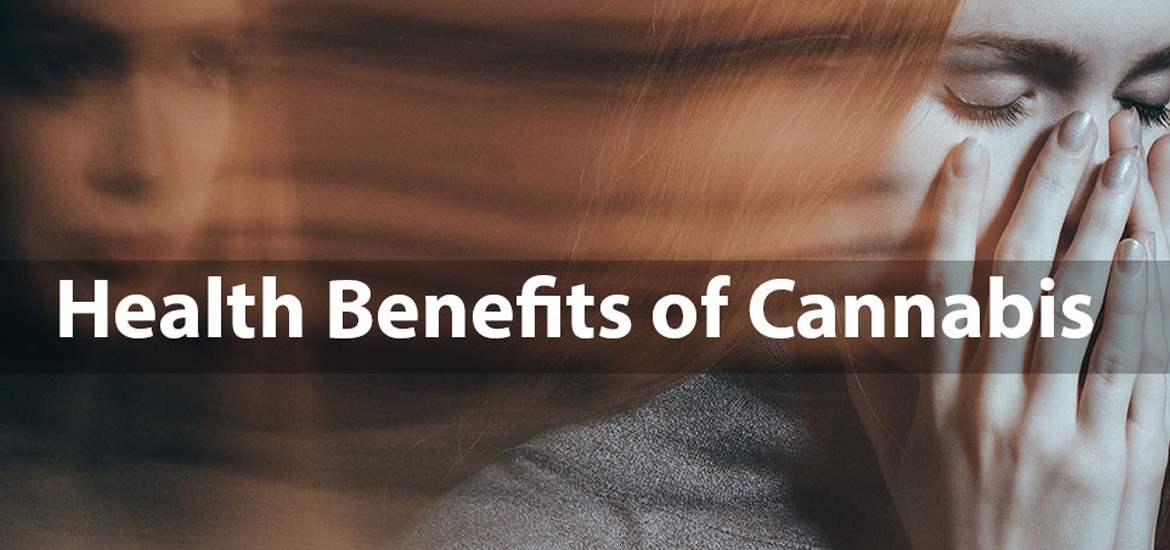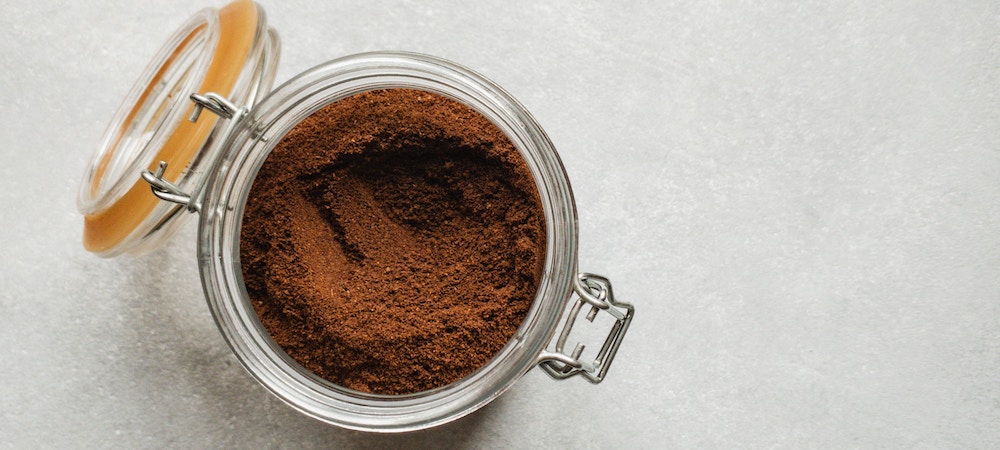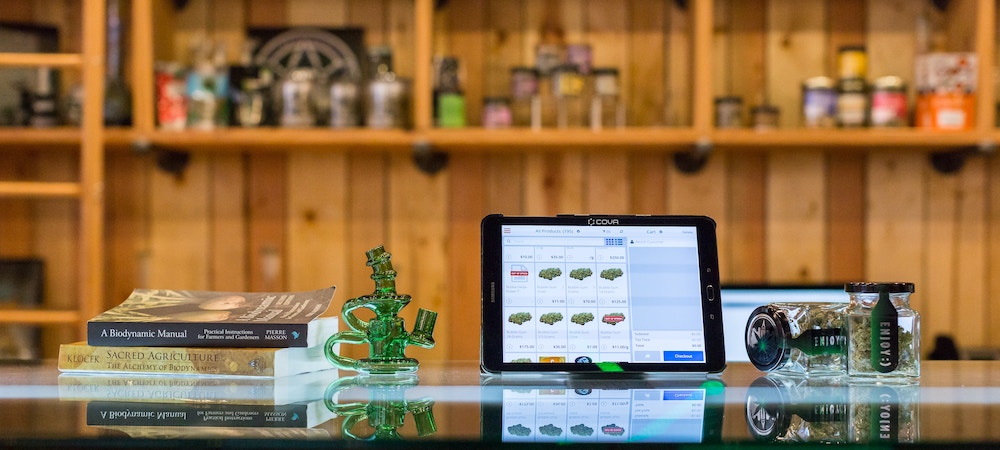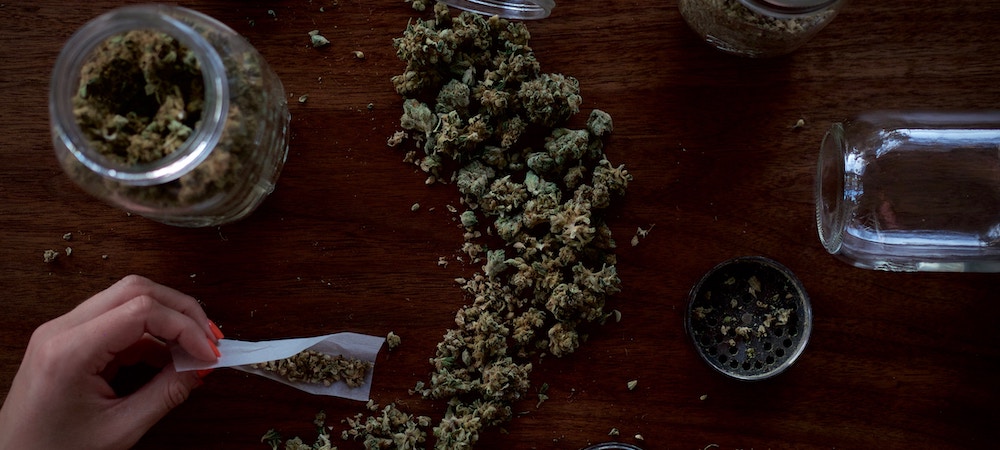How Cannabis Can Help with Anxiety in 2021
While a little bit of anxiety can be beneficial, the development of disorders can have significant negative impacts on how we live our lives. We can be driven to action through minor discomfort, but too much can paralyze us. In this article you will know how cannabis can help anxiety.
An anxiety disorder impacts 5% of the household population in Canada. These disorders can lead to mild or severe impairment in how we function each day. Mental disorders result from a complex mix of genetic, biological, personality, and environmental factors. Cannabis is an environmental factor that can produce distress, but it can also alleviate symptoms.
What is Anxiety Disorder?
Anxiety is an emotional state characterized by maladaptive and excessive emotional responsiveness to situations that may be potentially dangerous. It is a natural response mechanism to cope with potentially dangerous situations. There is a range of physical and emotional symptoms involved in these situations.
Physical Symptoms of Anxiety
- Headache
- Nausea
- Tense muscles
- Shortness of breath
- Panic
- Cold and sweaty hands or feet
- Concentration difficulties
Emotional Symptoms
- Irritability
- Restlessness
- Fear, panic, nervousness
- Intense avoidance of distressing situations
There are numerous different types of anxiety disorders based on the cluster of symptoms experienced. Each of them has specific criteria for diagnosis and unique impacts on those who suffer from them.
Types of Anxiety Disorders
- Phobia-related disorders
- Generalized
- Panic disorder
- Social
- Agoraphobia
Uncontrolled anxiety interferes with your pursuit of health and wellness. The range of negative emotions can make it difficult to complete everyday days. Increasing your tolerance for stress decreases these adverse behavioural outcomes.
The Symptoms of Anxiety
- Restlessness and irritability
- Excessive worry and concern
- Muscle tension, shaking, or sweating
- Feelings of impending doom or being out of control
- Sleeping problems
- Heart Palpitations
- Difficulty concentrating
How Cannabis Eases Symptoms of Anxiety
Evidence from research and the experiences of cannabis consumers all over the world makes one thing clear. THC can reduce the symptoms of anxiety at lower doses. The effects of being high, like relaxation and euphoria, can help to reduce distress and suffering. You can use cannabis intentionally to manage physical and emotional symptoms.
Dosing and Tolerance Essentials
When it comes to cannabis, everyone should start low and go slow. Tolerance develops to cannabis over time, and this is why people who are new to cannabis should begin with the lowest dose possible. New consumers of cannabis should strongly consider strains with a bit more CBD and less THC while tolerance develops.
The same goes for dosing. Start with a tiny amount until you get used to the effects. For those with much high tolerance levels, you’ll find that a higher dose may become tolerable and produce less unwanted anxiety symptoms.
Exposure and Adaptation
Long-term exposure to cannabis can lead to changes in how your brain functions and adapts to environmental pressures. This relates to a concept called neuroplasticity, which describes how our brains wire and re-wire connections over time. This fact is essential because it shows that cannabis can become part of self-therapy for anxiety disorders.
The implication here is that consuming cannabis can lead to long-term changes that may be beneficial or unproductive. If you use getting high to avoid stress and discomfort, your tolerance to these things may decrease over time. Instead, if you push your boundaries and use cannabis proactively, these long-term changes can be beneficial.
What Do You Do While High?
Often more important than getting high itself is what we do after we get high. Whether cannabis has benefits or consequences in your life over the long-term strongly relates to your behaviours or actions. What you do daily and what you do while high both impact the outcome.
For example, let’s compare two situations. The first involves getting high and going for walks, exploring new places, seeing new things, and learning about new topics. The second involves only getting high and laying on your couch while watching movies. Over time, these two sets of behavior will lead to long-term changes, with the former being productive while the latter is potentially harmful.
And so, it is critical to think about the tasks we perform while high. We must also be thoughtful of how getting high impacts our behaviors and tolerance for anxiety over time. Connecting this to our talk about dosing adds more critical takeaways. If you are heading toward a situation where distress may be problematic, stick to a low THC dose. If you’re safely at home and want to watch a movie, a higher amount of THC would be less problematic.
Dosing Tips to Avoid Complications
Cannabis can increase the enjoyment of sights, sounds, smells, and internal sensations. But, when these enhancements lead to stronger feelings of anxiety, this can be problematic. People who suffer from related issues should heed this caution and practice safe consumption habits.
For those with minor symptoms, getting high can help bring this discomfort to the surface to be addressed. Individuals with intense symptoms may find that cannabis increases the discomfort and level of concern. It is essential to balance the amount of cannabis and the ratio of cannabinoids you consume based on your situation.
Exploring the Impacts of THC
High doses of THC can reverse the benefits experienced at lower doses. This effect relates to the biphasic nature of how cannabis impacts us. ‘Biphasic’ describes how a small quantity may decrease a symptom while a larger amount flips and increases that same symptom. Research has shown that this flipping from symptom reduction to enhancement does occur with anxiety symptoms in rats.
When it comes to the potential for cannabis to impact anxiety, we must focus on THC due to this biphasic tendency. It is the THC compound in cannabis that produces the familiar high of marijuana. THC also comes with unwanted side effects, including:
- Anxiety
- Fear
- Panic
- Worry
- Concern
The Case for CBD
Research has shown that CBD can help people attain better sleep quality and lower anxiety levels. The evidence indicates that CBD has a calming effect on the nervous system. Furthermore, research has demonstrated how CBD can help reduce the anxiety produced by a simulated public-speaking event. These results have important considerations for those suffering from social distress who want to get out of their comfort zone.
When it comes to anxiety, it is essential to consider how much CBD you are consuming alongside THC. Research has shown that CBD can reduce some of the unwanted effects of THC when taken together. Those who suffer from anxiety are encouraged to explore balanced strains or those that have at least modest levels of CBD.
Melon Gum would be a great example of dried flower with a bit of CBD packed inside, with up to 2% CBD content. The impacts of having modest levels of CBD inside your bud appear to be beneficial when it comes to reducing the unwanted side effects of THC.
When it comes to avoiding negative symptoms from consuming cannabis more broadly, there are three significant factors to consider: you, the situation, and the bud itself.
Focusing on You
When it comes to getting high on different strains of weed, the one consistent variable is you. If you are someone who never experiences anxiety, you will be unlikely to experience much of it while high. For someone who does have an anxiety disorder, your tolerance for handling weed may be lower and require adjustments to the other two critical factors.
Turning to the Situation
There is no doubt that your environment will impact your state of being. Whether you get anxious in social situations or while alone, getting high can make these specific situations worse. Always ensure that you are comfortable and with trusted companions when getting high to reduce the odds of feeling anxious.
The Bud Itself
After considering your state of health and your situation, the next critical variable in the bud itself. If you are prone to anxiety or heading into a potentially distressing experience, you may want lower THC content. Strains like our Northern Lights can provide lower levels of THC more suitable for this situation.
On the other hand, if you do not have a problem with anxiety, or if you’re just hanging out at home, you can probably tolerate more THC. In that case, our Tutti Frutti is a great high-THC strain. No matter which you pick, remember to not forget about dosing. Depending on the situation and how your mental health is doing, choose a strain with appropriate THC levels, and only consume as much as you need.
Conclusion
In summary, we learned about the physical and emotional symptoms of anxiety to understand the role of cannabis. By managing our dose and paying attention to both THC and CBD, we can practice safe consumption habits. Furthermore, focusing on you and your situation can play a large role in symptom management. Finally, we discovered how cannabis can help soothe symptoms and how to avoid the opposite response.




